Oh hi there!
Is it just me or did January feel like a million year slog? Normally I start the year with “Let’s make this awesome!” energy, but 2024 has begun with more of a “Let’s make sure we actually get out of bed” energy.
Luckily my focus on cultivating kid table vibes has energized me on the challenging days. Just in case you need a little boost as well, here are some great kid table vibes from me to you:
Day dreaming (and night dreaming)
I’m a huge fan of
and his Creative Peptalk podcast. He recently shared this post on the importance of dreaming. Rather than rush into “setting intentions and defining goals,” Andy has decided to spend the beginning of the year dreaming. He calls it DREAMuary. I love it.Day dreaming is something I do regularly. But night dreaming? I’ve always had insomnia and I hardly ever remember my dreams (unless they are super stressful). In the podcast, they talked about how if you write down something about your dreams when you wake up, even a fuzzy feeling or “I don’t remember my dream,” you’ll start to remember more. So I’m trying it. Because why not!
I’m curious: do you value dreaming? Do you remember your dreams?
Creative play
When I’m feeling creatively uninspired, it is usually because I’m struggling to maintain a spirit of play. I’ll be honest, December and January have NOT felt naturally playful for me. But I’ve found a few ways into play anyway:
Creating something not tied to my job. I’ve felt really energized by house projects lately. I mentioned in a previous post that we redid our closet which felt amazing. And set up a stand up desk. And this week we painted our living room wall a cozy dark blue. Here is a “before” and a “during” pic (I’ll eventually show you the “after” pic when it is indeed after.)

Scheduling play time with other creators. I’ve started attending coworking sessions; not only do they offer dedicated play time, they also leave me feeling inspired by things other people share.
Relieving pressure by changing up my medium. I tried acrylic paint on tracing paper. It was weird. It was fun. It got me to paint without worrying about the end result.
And the BIG thing that consistently helps me is to “fill the well” with creative inspiration which why I try to sit at the kid table every week with someone new.
This week I’m sitting AT THE KID TABLE with children’s book author-illustrator Ashley Bryan.
You might know Ashley Bryan for his colorful artwork and his many award-winning books like BEAUTIFUL BLACKBIRD and FREEDOM OVER ME. You might NOT know that he served in the Segregated Army during WWII or that he witnessed renowned cellist Pablo Casals break his vow of silent protest against a fascist dictatorship or that he was described as a quiet force who opened up opportunities for black creators and other marginalized groups throughout his career.
If you had the chance to witness an Ashley Bryan read aloud, you were one of the lucky ones (I wish I was a lucky one!). He read poetry like music, tapping his foot and clapping his hands, and his signature sound was an “uh huh” that punctuated the rhythm of his books. Kids loved to participate in his story times. He had a great respect for kids as artists and dedicated his life to encouraging them.
In this post, we’re going to dive into his life, his work, and his creative process. And oh boy will you come out of it filled to the brim with inspiration!
Note: You can listen to this as a podcast episode or read it below.
Learn from the greats: Ashley Bryan
1. Knock on doors until you receive encouragement.
Ashley Bryan was born in Harlem, New York in 1923. His parents were immigrants from the island of Antigua (and interestingly Bryan would later choose to live on a island). He grew up in the Bronx with his dad, mom, five siblings, and three cousins. His dad loved birds and often brought them home (like hundreds of them!) and both his parents loved music. His mom was always singing and his dad would play a variety of instruments with buddies. He credits these moments as one of the reasons why he loves to “emulate” and “celebrate the craftsmanship of others.”
Bryan fell in love with art very early. About this time, he said, “Children often ask me the question, ‘Did you win big awards?’ And I always tell them, ‘Yes, I’ve received many wonderful awards along the way. But the greatest reward was when I brought my little ABC book home from kindergarten (he made it himself) and my mother hugged me and my dad spun me around and my friends and family all clapped…It was on that recognition and on that support that I built.”
His parents supported his passion for art in other ways as well. He said, “When I was very little, I began drawing right off. I can’t remember a time when I have not been drawing and painting. And at first I initiated it like a child. I drew on the sheets, on the walls, on the floor, and my dad said ‘No no no no, you draw on paper,’ and he brought home paper from the print shop where he worked.”
His parents couldn’t afford art classes during the Great Depression, but when the government offered free programs, his parents signed him up. He often expressed gratitude for supportive parents and teachers, but also understood some kids don’t receive that. He said, “I tell the children you need encouragement to grow. If you don’t get it at home, knock on your neighbor’s door. Keep knocking on doors until one of them opens up and encourages you because the things that you enjoy doing which are creative, that’s how you grow…Keep going until you get that encouragement.”
2. Surround yourself and your kids with books and art.
One of the ways Bryan developed his talent as an early age was by going to the library. Bryan and his siblings would fill empty orange crates in their home with library books and pretend they had their very own home library. Bryan often said to kids, “I know you go to the public library, you go to your school library, but are you building your own home library?” He encouraged kids to make their own home libraries in any way they could, because “Books in the home are very valuable and an important thing through life.”
He also advocated for kids’ access to art. He argued that as children learned one art form, it gave them strength they could carry into other challenges and other areas of study. This is why he felt that when art programs are removed, it “leave[s] a child floundering with no sense of achievement in any area.” He continued, “There’s no question about the arts as a part of being human and being a whole person. And it’s unfortunate when they begin cutting programs in the arts because they are essential really if you are going to create a citizenry that you can be comfortable with, who will be contributors to a society…you’ll pay much more later when you’ve cut those programs out.”
3. Pay attention to those who have “turned the book aside.”
About reading, Ashley Bryan said, “It is one of the most creative things you can do, to read, because you engage the mind when you read. You create the scene. You create the instant. You can create the action. Everything about it is being created. And that’s why I’ve always said, a child who will…spend any time with a book, engaging actively in that way, creating a world out of those words, you don’t have to worry about them. It’s those who have turned the book aside, who have nothing to do with books anymore, those are the ones we have to work with and try to bring into it.”
But how exactly do we do that? Bryan had a brilliant strategy.
4. To get someone excited to read, you must teach them how to listen.
Bryan believed every text has “demands for the voice that the words on the page will ask.” And that, “the printed word in the book has a voice just as the printed note in music has a sound.” But he noticed many elementary school children had “dissociated the sound of the voice with the printed word.” They would only “pronounce the words” without hearing the voice or getting “the meaning.” He felt the best way to help kids was to “associate the excitement of the voice with the book. That will bring them into becoming readers.”
Bryan would often do an exercise with kids in which he’d read a poem the opposite of how it should be read. A fast-paced poem in a slow voice. A soft poem in a loud voice. Things like that. He said, “the students immediately see that you may be a good reader but the poet is not asking for that voice. So I try to demonstrate right off the importance of listening for the sound of the voice in the printed word. Because then the words are speaking to you. And when words are speaking to you, you are actively engaged. And then you get meaning…That is my emphasis wherever I go. Listen for the sound of the voice in the printed word.”
5. You can transform your challenges into a way to help people.
Ashley Bryan knew at age 16 that the only way to art school was to get a scholarship, so he applied. He said their response was, “This is the best portfolio we have seen but it would be a waste to give a scholarship to a colored person.” Thankfully, his high school art teachers encouraged him to apply to Cooper Union where the entrance exam didn’t require them “to see you” and he was one of 50 people chosen for the program. He studied painting, calligraphy, sculpture, book illustration, and more.
He eventually became a teacher and provided the same encouragement he received to many students. One such student at Dartmouth College said, “It was such an inspiration to see Ashley break down all kinds of barriers – race, gender, and even biases about art itself – in the most gentle way. He made a safe place for individual creativity.”
In his books, he was passionate about bringing African folktales out of obscurity for a new audience; like his popular book BEAUTIFUL BLACKBIRD was inspired by a Zambian folktale in which the color black is celebrated. About this book he said, “I had grown up with black as a lousy color. In the folk tales where black comes into it, you come last. That’s all that’s left. That’s what you get. Here was a story celebrating black. So that’s how I did beautiful blackbird.”
He was also inspired by spirituals, “the songs of the African-American slaves” like This Little Light of Mine, He’s Got the Whole World In His Hands, and more. About these spirituals, he said, “I always felt the incredible gift of language to a people who are not permitted to learn to read or write and they could create songs based on what they heard from biblical stories and their own experiences and create a music that has just taken hold of people.” He described poetry and spirituals as “the heart” of his life — the way he survived. Because of his passion, he advocated for “these enduring popular songs” to receive “appropriate attribution.”
And perhaps most poetically, later in his life, he became fascinated with collecting “things cast off” which he’d transform into beautiful stain-glass, murals, and hand-held puppets. This was reminiscent of his early years walking the streets in New York with his sister picking “up things that people had thrown out and [recreating] them. Taking something that’s cast off, that has no value…and finding a way of bringing it back in another form.”
Throughout his life, Ashley Bryan continuously transformed his experiences into ways to help others feel seen and valued.
6. You can use art to help you survive and process difficult experiences.
In 1943, during the last year of his art program at Cooper Union, Bryan was drafted into the segregated 502nd Port Battalion as a stevedore (which is someone who loads and unloads cargo from ships). Bryan described how, unlike white soldiers who were retired after one month, the black soldiers continued to work in the most dangerous areas “until the beach closed down” and that “many white officers “were not sympathetic to black people…and so you always had that to contend with while you maintained yourself.”
When asked how he survived all that, he said “I was always drawing and that was the way I kept myself together. They were always telling me to stop drawing but I had my drawing materials in my backpack in the gas mask and whenever there was not a time to work, I would have out my sketch pad and I would be drawing.”
That’s why throughout his life, Bryan was so passionate about art. He said, “It was always a way of being able to affirm something positive, even in the most difficult of situations. And that’s why I feel it is so wonderful for children to have that opportunity to make drawing and painting a part of their growing lives.”
7. Do what feels right for you, even when others don’t understand.
After returning to New York after the war, he grappled with the war’s impact; he said, “Because of the war, I had been so spun around…it was such a devastating experience to see the deaths and destruction. To see cities…just rubble. People so hungry and starving coming around the camps to get the food we tossed in garbage pans…It was such a terrible impression in terms of what you had to live with that I said, ‘Why is it that with what we know of war that man continually chooses war?’…So I thought, ‘Oh, I’ll study philosophy and I'll get answers.’”
His art friends thought he was crazy because they knew his studies at Columbia would leave little time for his art. But Bryan did it anyway: “I was intrigued by the way man thinks. I was intrigued by the systems of philosophy, of how they construct systems of ethics, of politics, of morality and…whether it's applicable or not…Just the the excitement of how the brain works to try and make things cohesive.”
I love how Bryan listened to himself in this moment even though it didn’t necessarily make sense for his art career. Eventually, he finished his degree and then took a boat to an island where he spent all his days painting and never stopped.
8. Let your inspirations guide you.
Education. Art continued to be a big part of his healing process as he finished his studies at Cooper Union, accepted a summer scholarship to the prestigious Skowhegan School of Painting and Sculpture, and studied art in France.
Music. While studying in France, he witnessed world-renowned cellist Pablo Casals “break his vow of silent protest against Franco’s fascist dictatorship in Spain” as he played “in honor of the 200th anniversary of Bach’s death.” This moment helped Bryan’s healing process from the war, and he returned to the festival the next three years “to hear and sketch the musicians” which he describes as an “opening of my hand to the rhythms” of artistic expression.
Bryan said, “I love all music. I love from the classical to jazz to folk music whatever is amusing in sound because that’s where the child begins with music. It’s the music, the voice, the spirit of sound, of the rhythms that play into the way they move, the way they grow. It’s essential. Even the rhythm of our breathing. All of those play into the music of our lives.”
Poetry. Not only was he inspired by music, he also loved poetry and was an amazing poet himself. He studied poetry in Germany because he wanted to “learn the sound of Rilke’s words spoken in German.” His experience was isolating at first, but he relied on drawing to help him adapt. He eventually made friends with the venders in the marketplace and would sketch scenes of their lives during the day and paint them at night.
Friends and family. Throughout all his life, he continued making books as gifts for family members and friends. Eventually, an editor at Atheneum Books, Jean Karl, heard of “this guy in the Bronx” making books and, in 1962, impressed with his variety of styles “inspired by the cultures of the world,” she offered him a contract to illustrate a book of poems which began an almost four-decade relationship and an impressive children’s book career.
9. Write in a way that the reader can hear YOU in your words.
Bryan worked with a lot of African folktales and his overall question was always, “How can I bring some thing of the feeling of the oral tradition into my writing?” Poetry was his answer. He said, “I use…the rhyme, the rhythm, the syncopation…all of the devices of poetry work closely in my prose. What often a prose writer will avoid because they were trained to read more fluently, more directly, I am seizing upon and using in the way I write my stories. I would like my reader to feel even when reading my story silently that he or she can hear the storyteller. And so by using those devices of poetry, I open that up quite directly.”
He often spoke about the importance of pattern and repetition in creating a connection with the reader. When he started an African folktale about a red hen, he knew it would feel like a familiar story to children in the United States and relied on that to create a connection with his words. About this strategy, he said, “The anticipation is a wonderful aspect of storytelling…I think that’s why we go again and again to see plays we’ve enjoyed played by different groups. Even though we know the outcome. But you are caught up in that pattern. And so that’s what I’ve enjoyed about storytelling, introducing not only the feeling of the voice but the rhythm, the different ways a storyteller is engaged and can make a real difference in what the word on the page says and how the voice will dramatize. It is very important in what I write.”
10. Text and illustrations are companions.
Bryan could write poetry with both words and images. When crafting illustrations, he considered the images as “partners” with the story. “They don't sit on the story, but they companion the story. They're a part of it.” He described how when making TURTLE KNOWS YOUR NAME, he knew it had to be in the rich colors of the Caribbean and that the dancing granny was a big part of the energy of the book: “I wanted the rhythm of the dance, the spirit of the figure moving. So the whole point of that in the illustration was to keep that figure dancing. Dancing right through with swift brush paintings…Each book evokes another way of seeing it, that is to partner the text, to carry the text along.”
In all his books, he wanted to make sure the art was connected with something deeper: “It was in that way that I could open up that connection for myself as the artist. Now you looking at it might not know this. That's not important. To me the motivation is important because that gives me the direction in which I would work.”
11. Your environment impacts your work, so craft it carefully.
Bryan eventually moved to an island off the coast of Maine because it felt like home to him. He worked until midnight and was up every morning at five. Then he’d read, go for a “brisk” walk “down to the dock, look out across the ocean, look up at the sky, look to the sunrise,” and then walk back and get to work. He loved “being surrounded by the water and having those essential elements always in view reminding one of what is life really.” He described how in New York City, “you can forget that there is a sky” and in the island, he “hardly ever [went] to bed without seeing how the sky [was] doing” and he loved that. Nature was an essential part of his creative process, and he described himself as an “all weather” walker.
He created a workspace that inspired him — puppets, art, and work from others — he said, “I like to open the door and walk into a room where I can smile.” He considered other people an important part of his environment and tried to craft a space that was open to what most people would call interruptions: “I regard everything as a part of what I do….People are always free and welcome…I don't call them interruptions, you see. It's important how your mind thinks about things…If I don't think of them as interruptions, then I know that I'm using it and, when I get to my work, it feeds into it...I've trained my mind…When you choose to do something, it makes all the difference. I mean you can want to be a good swimmer but you'll have to get up in college at six o'clock to swim before school begins at 8:30 or 9. Other people are sleeping till 8 o'clock but you have to get up at six…Every day the coach knocks on the door. Well one day…the coach comes and you're up and you're ready. You've taken it on yourself. It's no longer a burden. You're not groaning because you've chosen to do this.”
12. Balance the connection with yourself and your audience.
Bryan always wanted to help young artists find a way to their own voice. He said, “There are many young black artists coming along now but they’re still a very small percentage of what's coming out in young people's literature. I mean it's hardly one percent…we're doing all we can to encourage more and more to come into it. In my doing of the work and meeting with groups throughout the country, I'm always hoping that I'm opening it up…establish something of their own cultural contributions so that they will have some sort of spirit about what they have to offer…We all live in a context, no matter how much I might work in a studio, so I'm thinking of my work in relation to audiences…I have that responsibility of…being in connection with what people are experiencing and feeling and can respond to. That's an important part of my work…I have to be careful that it doesn't over balance and that I don't do my own work because as my editor has said, ‘Ashley, on the road you may meet thousands of people but a book will meet thousands more so get to those projects.”
13. “Wake up the child within you!”
Bryan prioritized holding onto what he called “the spirit of the child.” Sometimes that is hard for adults to do so I’ve collected a few of Bryan’s helpful strategies to keep the inner child alive.
Remind yourself every morning. “Never lose the child within you. I wake up each morning reminding myself of the spirit of excitement, of adventure and discovery of a child. I feel as long as I can keep that in me, I have no age.”
Explore materials, ideas, and other people’s art. “I try to be like a child in what I do. And a child explores with all sorts of materials and all sorts of ideas in many ways and so my books will vary and they are very influenced by the art of the world.”
Tap into the passion. “When I am doing my work, it is for other people. And I want you to get the very finest aspect of anything I can do in what I would offer…You always want to tap that essence of the love of what you are doing.”
Hang out with kids. “I’ve loved working with children. At times I would leave the college level and work with kindergarten or first graders drawing and painting because I love their absorption in what they do….That's what I would like to achieve. I would like to be working in such an absorbed way that there is no time.”
Seek out and celebrate other people’s art. “I love to celebrate the artistry of people around the world in whatever material or form they work.”
Ashley Bryan continued to make books, visit children, support humanitarian efforts, and encourage literacy until he passed away on February 4, 2022.
What I love the most about Bryan is how much he prioritized connection. When writing his autobiography, he described how he had to narrow down to the most important parts of his life. He chose the love of art, the love of environment, and the love of community. Isn’t it easy to see those values in his stories and his life?
I hope I can absorb the lessons I learned from him as I walk my own creative path.
Did you enjoy our study of Ashley Bryan’s life and work? If you want to keep the party going, I compiled a list of sources I used on my blog.
Thanks to Whiskey Geraldine for our podcast music as well as Joanna Rowland, Marietta Apollonio, and Angela Pham Krans for sponsoring this episode. To become a podcast sponsor, you can upgrade to a paid newsletter subscription.
Thanks for sitting with me at the kid table. Until next time!
As always, I’ll save you a seat right next to me.
Your singing-uh-huh friend,
Rachel





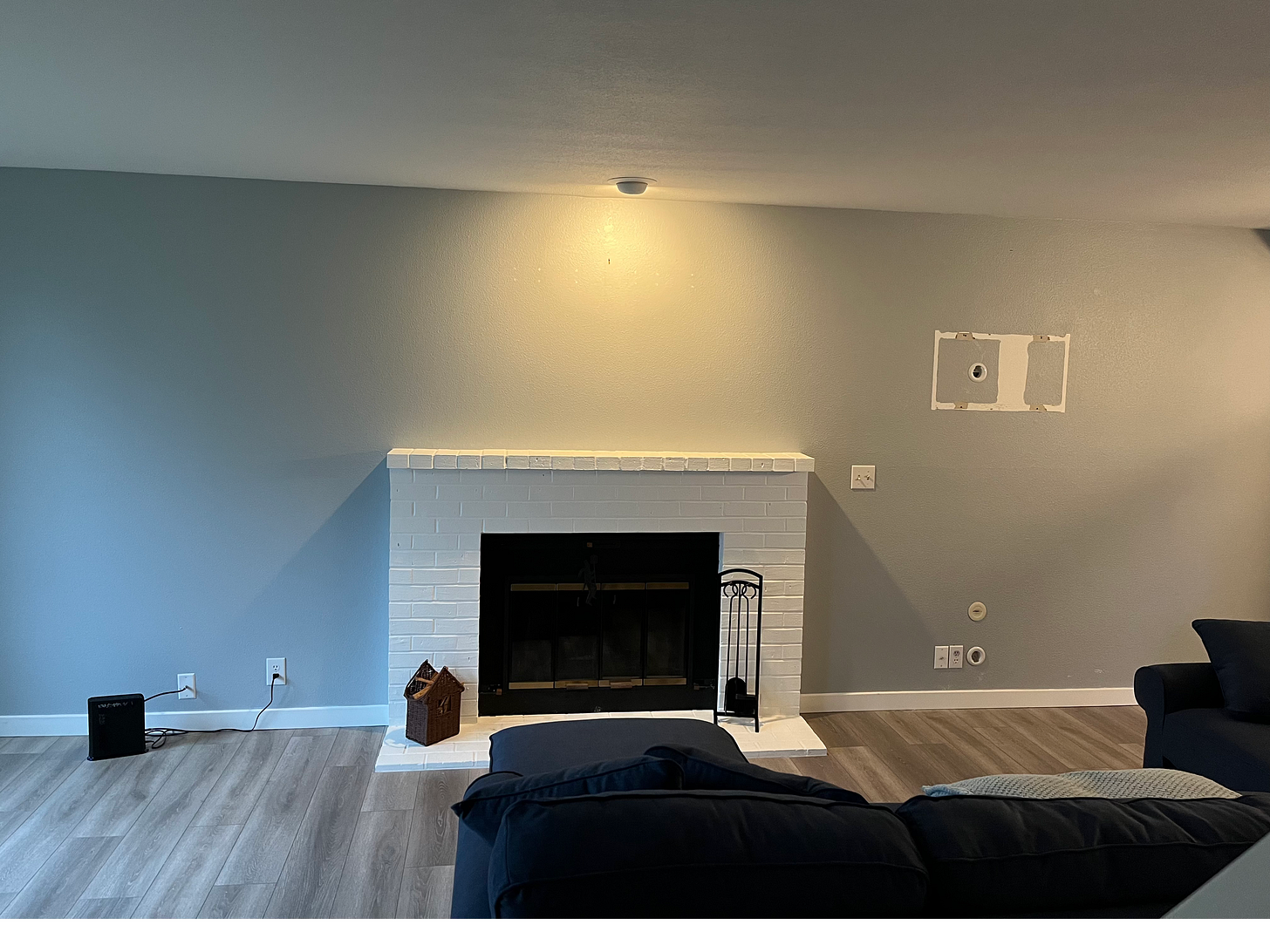
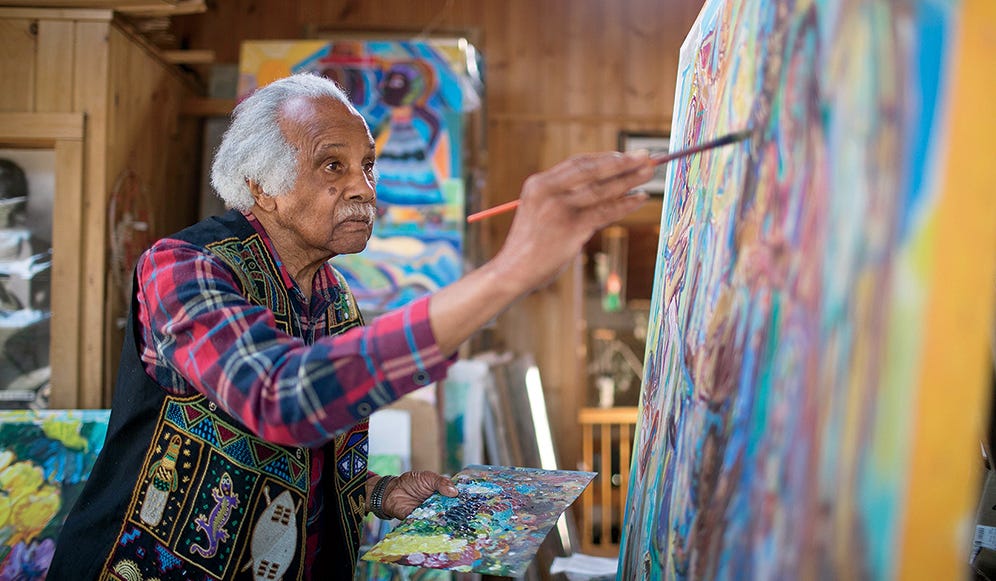
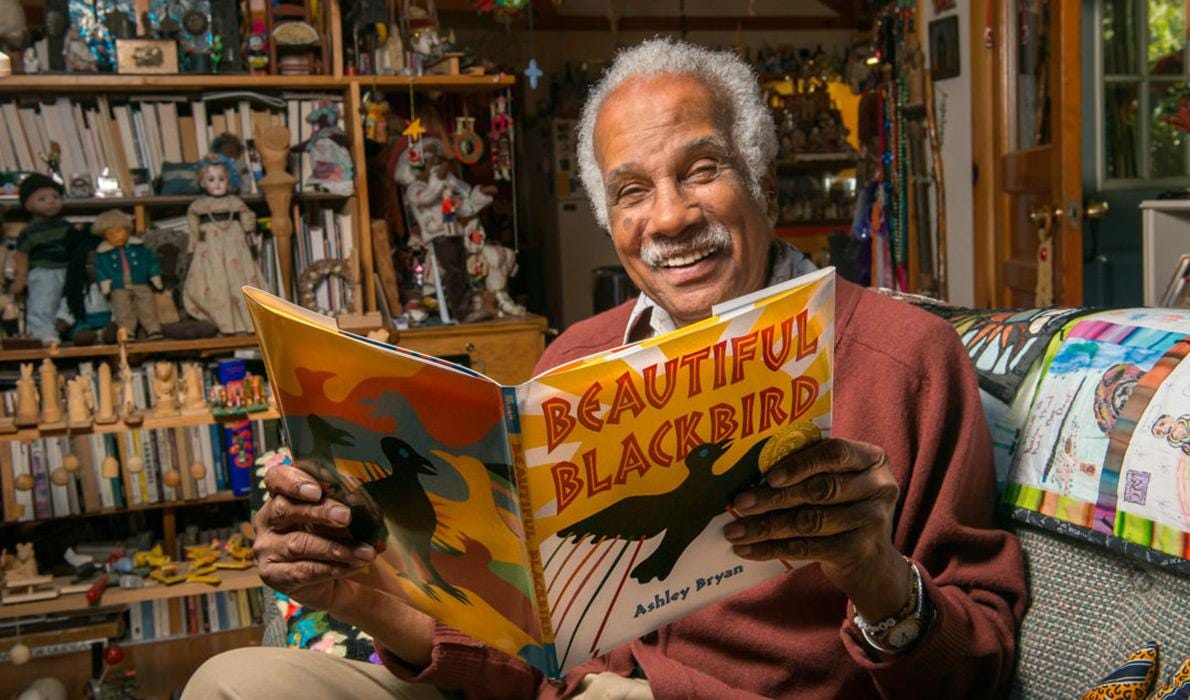
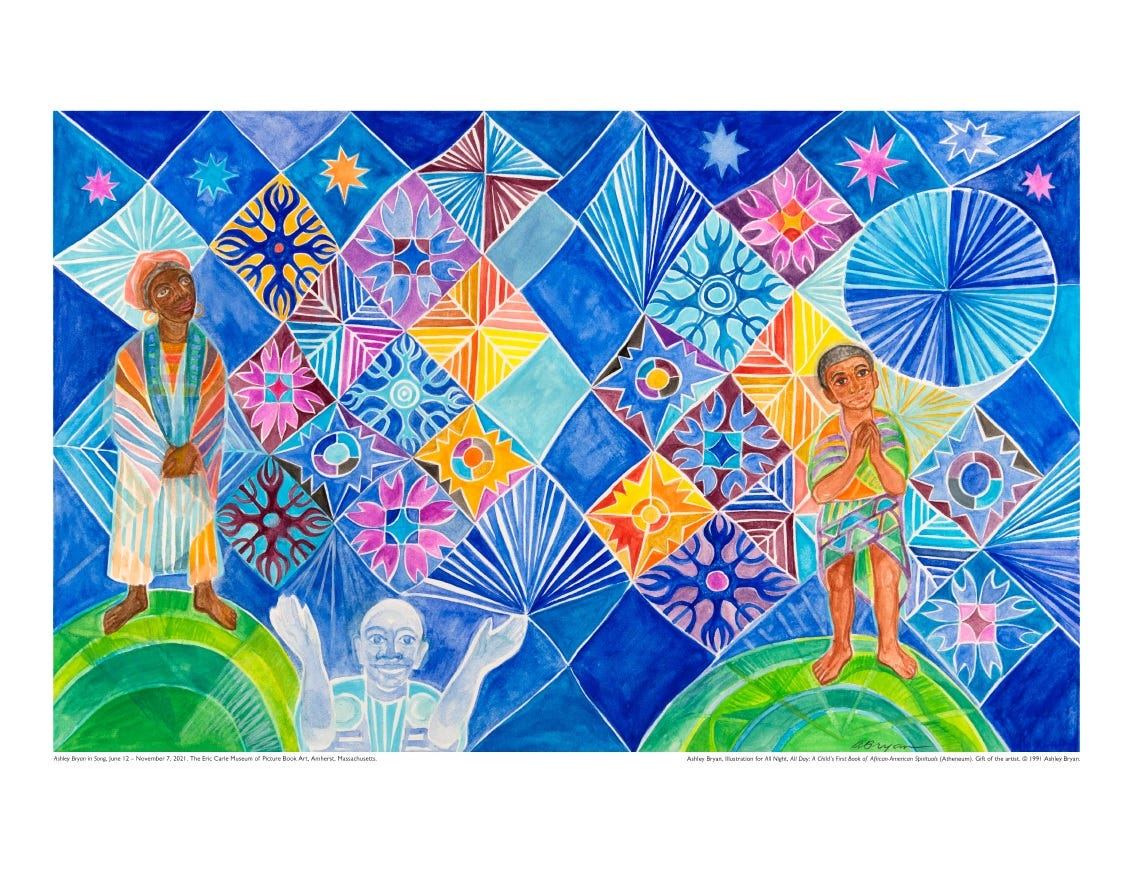
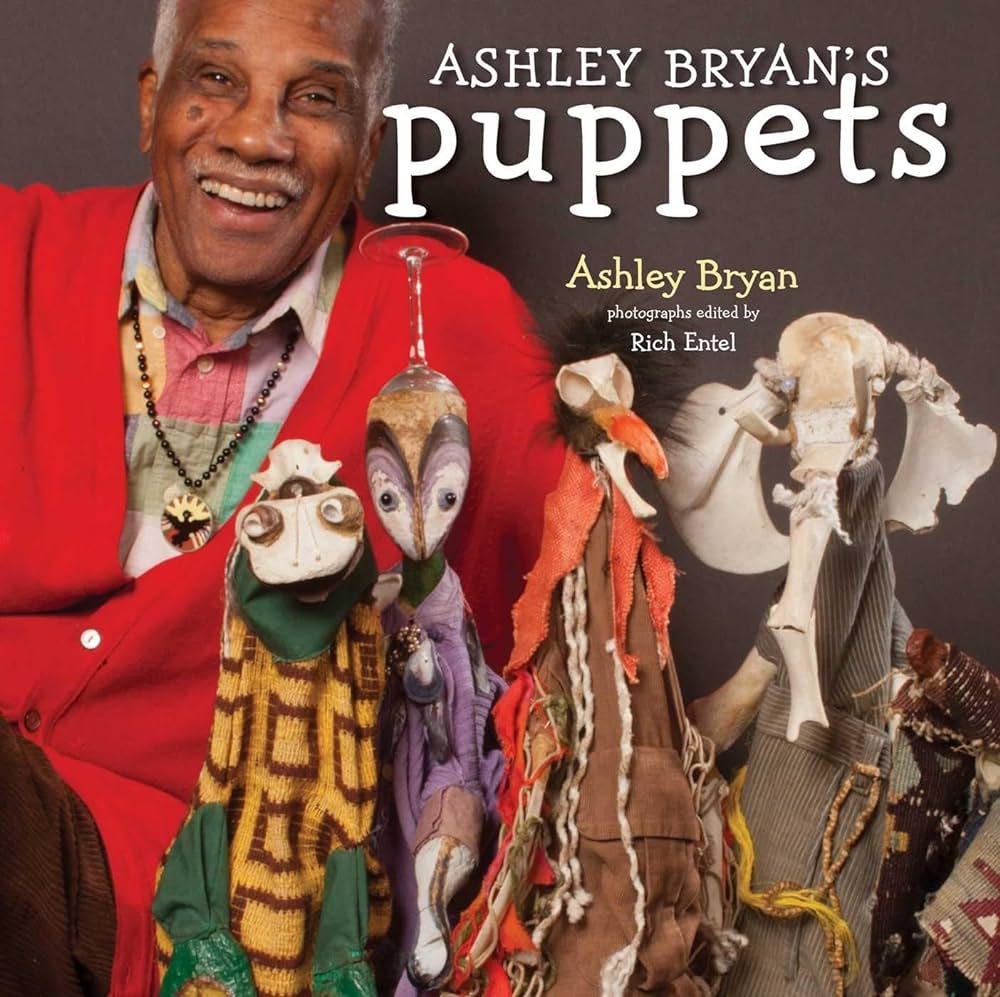

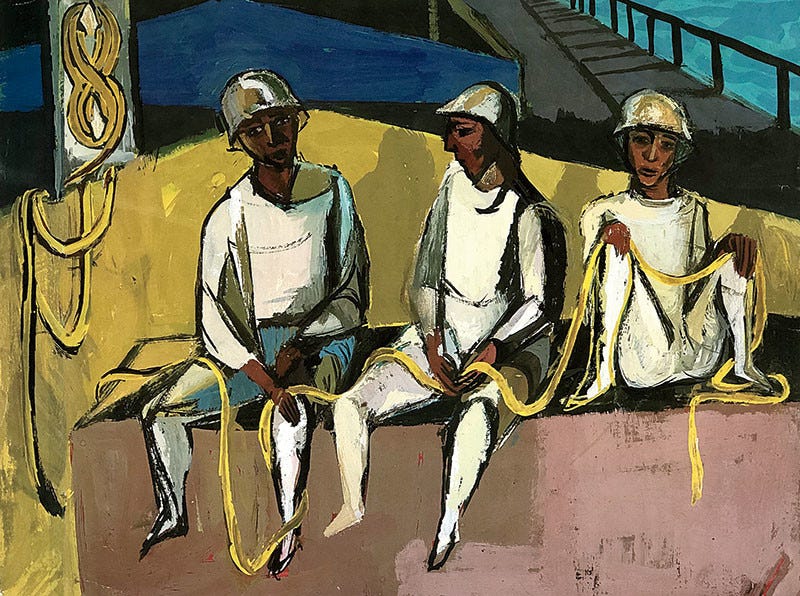

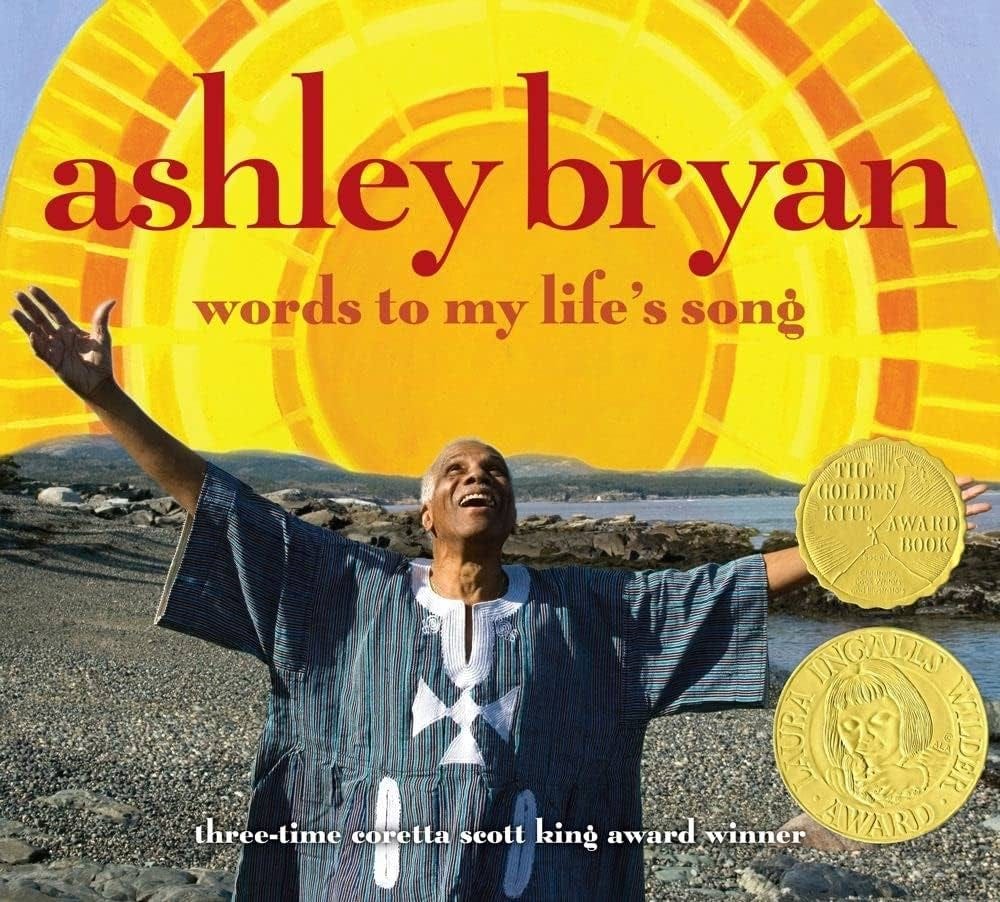




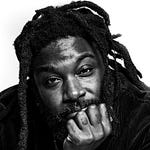



Share this post